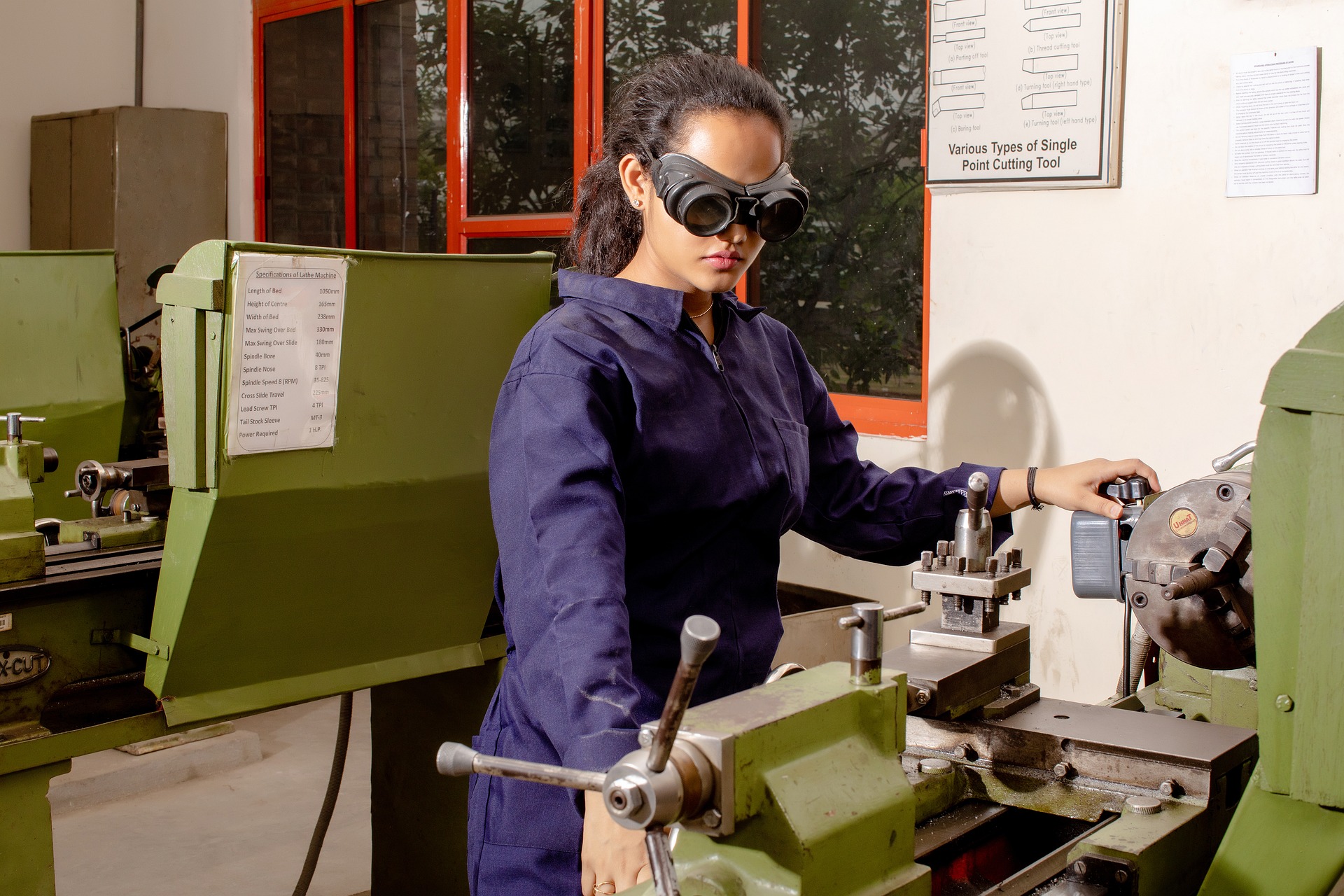"Redefining the Art of Mime: The Quiet Resurgence of a Timeless Performative Tradition"
Introduction: In an age of digital technology and sensory overload, a quiet revolution is taking place in the world of performing arts. Mime, a silent art form dating back to ancient Greece, is experiencing a resurgence. This article delves into the historical evolution, modern interpretations, and the impact mime continues to make on contemporary culture.

The Roots of Mime: Tracing Back to Ancient Greece
Mime, as we know, originates from the Greek word ‘mimos’, meaning ‘imitator’. It was an integral part of Greek theater, with artists using exaggerated movements and expressions to convey a story without words. The art form continued to evolve through the Roman era and Middle Ages, each period adding unique nuances and traditions.
The Golden Age of Mime: Marcel Marceau and Beyond
The 20th century witnessed the rise of mime artists such as Marcel Marceau, who breathed new life into this ancient art form. Marceau’s character ‘Bip’ became a cultural icon, representing the struggles and hopes of the post-war generation. His performances stirred audiences worldwide, proving that mime could transcend language barriers and connect with people on a universal emotional level.
Mime in the 21st Century: A Silent Revolution
Against the backdrop of the digital age, mime has found a new place in the performing arts scene. Contemporary mime artists are pushing boundaries, merging traditional mime techniques with modern dance, physical theater, and even digital mediums. This innovative approach has led to a resurgence in mime’s popularity, particularly among younger audiences seeking unique, immersive experiences.
The Impact of Mime: Beyond the Stage
Mime’s influence extends beyond the stage, impacting other forms of art and communication. In film, directors like Charlie Chaplin and Jacques Tati have used mime techniques to create memorable, expressive characters. In the realm of popular culture, mime has found its way into music videos, advertisements, and even social media trends.
The Future of Mime: A Silent Art Form Speaks Volumes
Mime’s resurgence in the contemporary arts scene is a testament to its enduring appeal. As artists continue to innovate and audiences embrace this silent yet expressive art form, the future of mime looks promising. In a world increasingly dominated by noise and distraction, the silent eloquence of mime offers a refreshing, profound alternative.
In conclusion, the resurgence of mime in the 21st century is a fascinating phenomenon, reflecting our collective yearning for authentic, meaningful connections in a digital world. As we move forward, it will be interesting to witness the innovative ways in which this ancient art form continues to adapt, evolve, and silently speak volumes.





